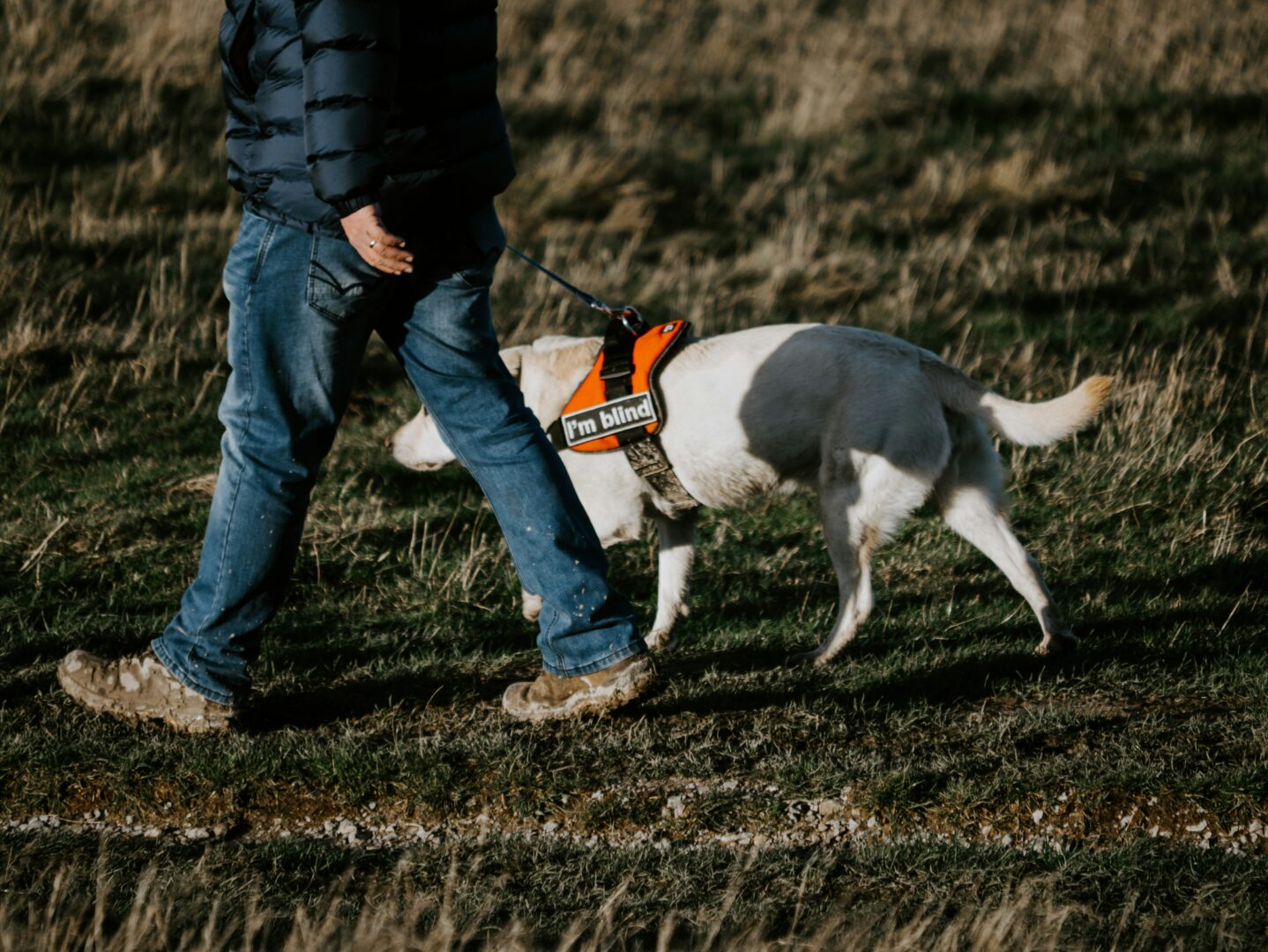There are only 400 guide dogs available for the visually impaired in China, which means only one dog is available for every 40,000 people, as there are over 17 million blind people living in thee country. Shanghai Jiao Tong University in response has developed a six-legged robot that is meant to serve the purpose of a guide dog for those with visual impairments.
This robot was developed by the University’s Professor Gaofeng and his team. The robot plans its path and avoids obstacles by combining predictive modelling with real-time data. It works with auditory, tactile, and force feedback to interact with its user, and responds to voice commands such as “start,” “stop,” and directions to adjust speed.
Uses And Benefits Of The Robot For Business And Households
Cost Reduction
This robot could also be beneficial from a business perspective, when it comes to production. In an announcement, the University says, “It is reported that through mass production and AI-assisted methods, this robot effectively reduces costs and enhances intelligence, addressing the shortage of guide dogs.”
Professor Gaofeng added, “It’s a bit like cars. I can mass-produce them in the same way as cars, so it will become more affordable.”
Day-To-Day Use
Although the main function of the guide robot is to assist with navigation, its also useful in other areas of daily life. “The guide robot can also fulfill functions such as home care, emergency handling, and leading blind individuals to more places,” the announcement explains.
Hexapod Stability
The robot’s six legs gives it a stability that mimics the most stable natural formations. That way, the robot can keep its balance on uneven surfaces and crowded areas, to support its user no matter the external conditions.
Adaptable Movement
The robot is engineered to match the walking speed of its user, accommodating different paces as needed. Speeds can be adjusted as the robot instantly walks in sync, depending on where they are walking. The guide robot is equipped with advanced navigation technology that allows it to map its environment in three dimensions accurately.
“Breaking through human-machine interaction technology, the guide robot becomes the “second pair of eyes” for visually impaired individuals,” says the University.
More from News
- London Landlords Hit Affordability Wall as Northern Rents Surge Ahead
- Are More Countries Following UK With Age Verification?
- UK Businesses Still Do Not Understand AI, Here’s Why
- How Have Businesses Coped With The Employer NIC Hike?
- PASS Accelerates Team Growth Following Successful Rollout Of New AI And Data Suite; Passgenius™
- Experts Share: What Does A Future With AI Search Engines Mean For Online Businesses/SEO?
- The Tea App Data Breach: What Are The Risks Of Verification Software?
- How Is AI Impacting Payroll In The UK?
Has The Robot Been Tested?
Currently, the robots are undergoing field testing with the help of visually impaired volunteers like married couple Li Fei and Zhu Sibin in Shanghai. Li Fei shared, “If this robot guide dog comes onto the market and I could use it, at least it could solve some of my problems in travelling alone. For example, if I want to go to work, the hospital or the supermarket now I cannot go out alone and must be accompanied by my family or volunteers.”
The University confirms more testing will be conducted to perfect the technologies. “Shanghai Jiao Tong University is responsible for basic theoretical research and key technological breakthroughs, while Sochen Technology is responsible for product engineering and industrialised operation and promotion.
“Both sides are working together and leveraging social forces to accelerate the practical use of guide hexapod robots, contributing to improving the lives of visually impaired individuals in China,” concludes the release.
Robotics are becoming a more viable solution as time progresses, across industries, for pressing matters such as these and its a good indication on how tech is helping provide accommodations for disabled people.

